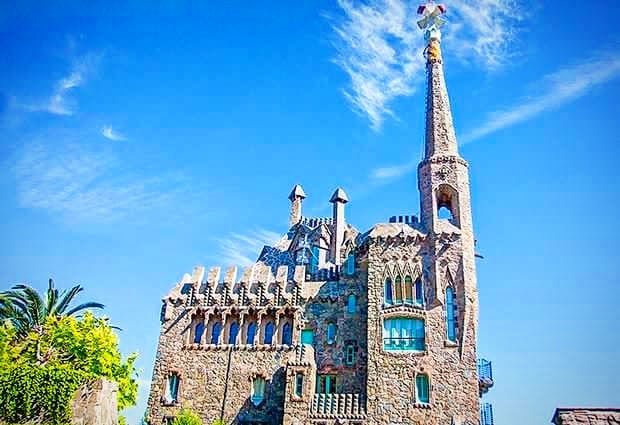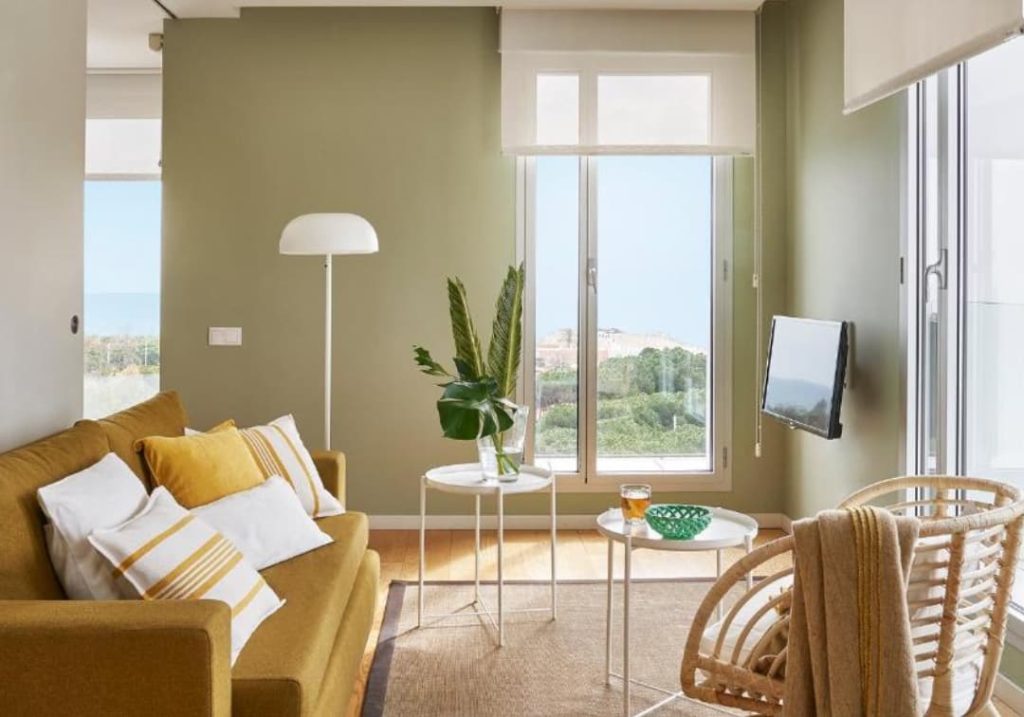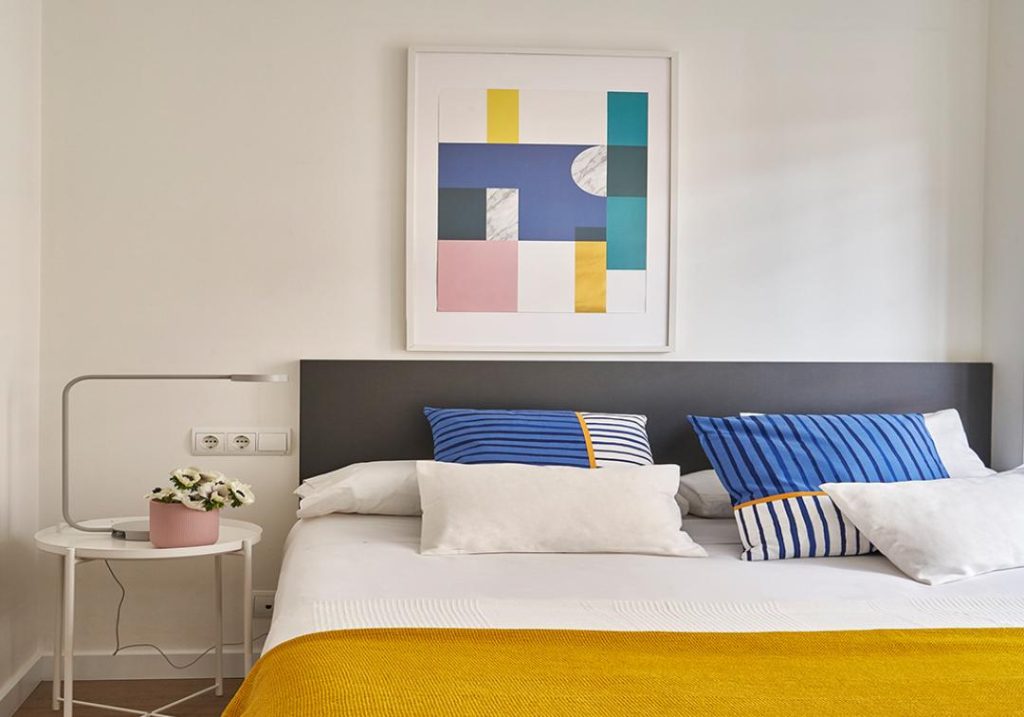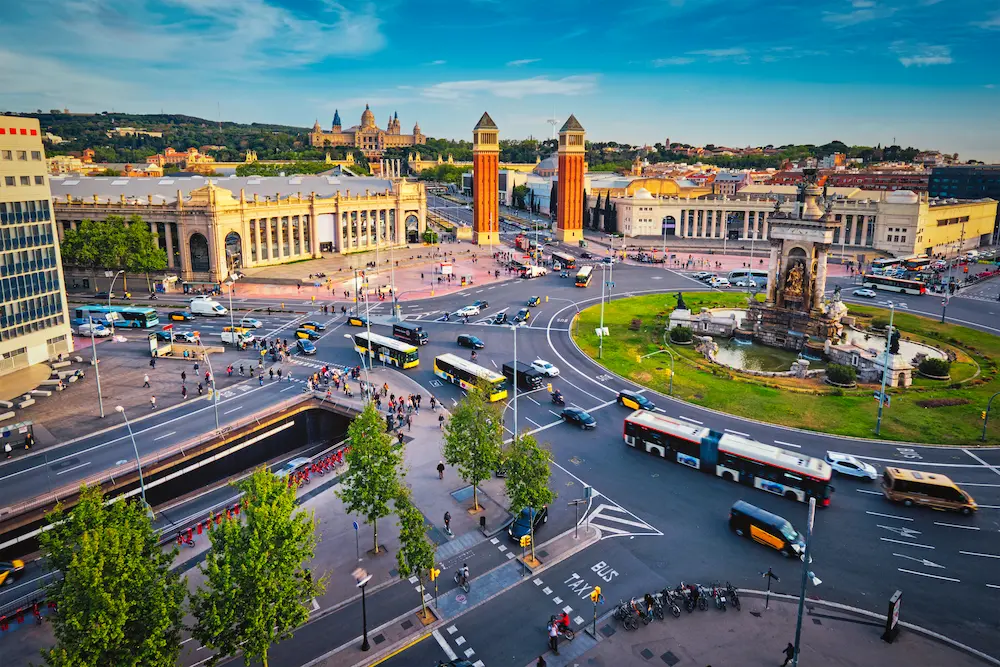When visiting Barcelona for the first time, it is inevitable to spend most of your time on the most iconic buildings, such as the Sagrada Familia, Barcelona Cathedral or the Basilica of Santa María del Mar. Even though they will undoubtedly leave you breathless, this may imply that you will not dig deep into a no less interesting aspect: discovering how the day to day life of the inhabitants of Barcelona has evolved with the passage of time. To settle this matter, we invite you to delve into 12 famous historic buildings in Barcelona that where once actual homes and are now open to the public. From our beach apartments in Barcelona, you will find it very easy to get to the houses that we suggest below. All of them will make you travel through time, from the Roman era to modernism, and will help you get familiar with how the daily life of the people of Barcelona used to be. Will you join us?
CASA AMATLLER
Located on number 41 Passeig de Gràcia, Casa Amatller is one of the most notable works of Josep Puig i Cadafalch, one of Modernism’s most famous architects, who took care of the project from 1898 to 1900 (he remodelled the home that was first built in 1875). The house was commissioned by the chocolate industrialist Antoni Amatller, who used this modernist palace as his residence. Once there, we recommend that you don’t miss out on the delicious sculptural decoration of the façade, designed by Eusebi Arnau, where two asymmetrical doors linked by a statue of Saint George stand out, as well its forge elements. Since 1960, the house belongs to the Instituto Amatller de Arte Hispánico, and was declared a historical-artistic monument on January 9, 1976. Since 2015, the house can be fully visited.
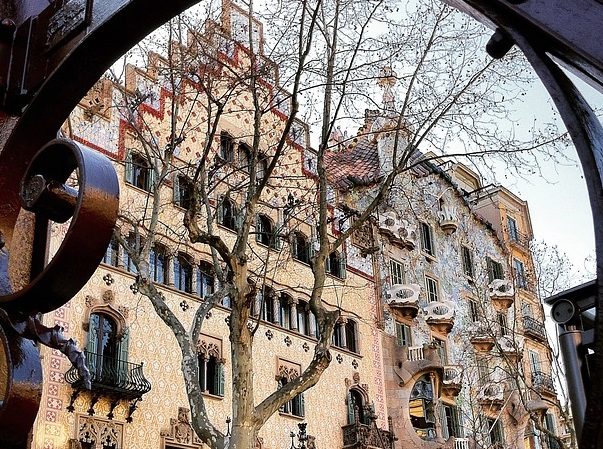
CASA BATLLÓ
Located on 43 Passeig de Gràcia, next to Casa Amatller, this spectacular modernist building is the result of Gaudí’s remodelling of the building between 1904 and 1907 to a nondescript housing block. The project, which was declared of Cultural Interest in 1969, was promoted by Josep Batlló i Casanovas, a textile entrepreneur linked to the wealthy Godó family by marriage. Its most known part is the facade, considered one of the most creative and original works of the genius from Reus. It combines stone, wrought iron, mosaic and polychrome ceramics. Fun fact: the peculiar shape of the columns that decorate the windows of the main floor, shaped like bones, have earned this house the nickname of ‘Casa dels Ossos’ (House of Bones).
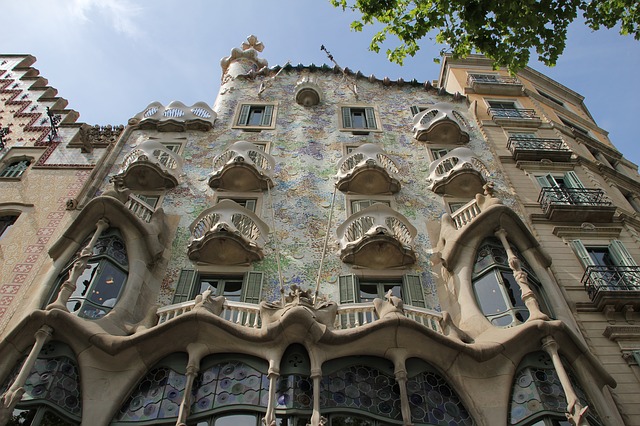
CASA DE LA SEDA (HOUSE OF SILK)
In the historic centre of Barcelona, Number 1, Sant Pere més Alt, accommodates the former headquarters of the old Barcelona Shipyard Guild, a collective that adopted important measures for the Catalan textile sector three centuries ago. In 1919, Casa de la Seda (House of Silk, in English) was declared a Monument of National Interest and, in 1929, this famous historic building won the Gold Medal of the City of Barcelona. The elegant interior, of which we’d like to highlight the Sala Magna (Large Hall), can be visited with guided tours, some of them dramatized. Have you not seen it yet?
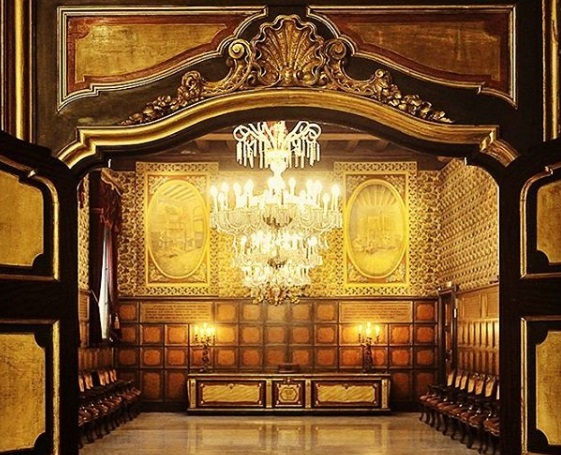
CASA ELIZALDE
Located at number 302, carrer València, this is a mansion designed in 1888 by the architect Emili Sala i Cortés as a private building. However, it would soon become the headquarters of the Elizalde, S.A., one of the leading Spanish automobile companies of the early twentieth century. In 1978, the City Council of Barcelona tried to save the building from its derelict state by including it in the Architectural Heritage Catalog and acquiring it three years later. Nowadays, Casa Elizalde accommodates a cultural center.
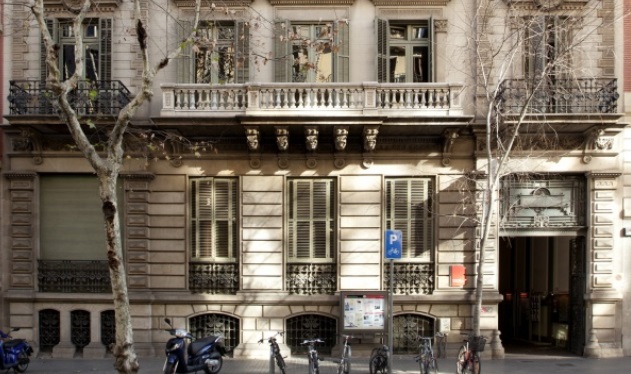
CASA VICENS
Calle de las Carolinas, 18-24, is home to one of the greatest treasures of Catalan modernism: Gaudi’s first important project after graduating as an architect in 1878. This Gaudi building was built in a Neo-Mudéjar style between 1883 and 1888. This house stands out due to its delicate decoration based on floral ceramic motifs. In 2005, it became a UNESCO World Heritage Site and is open to the public since autumn 2017.
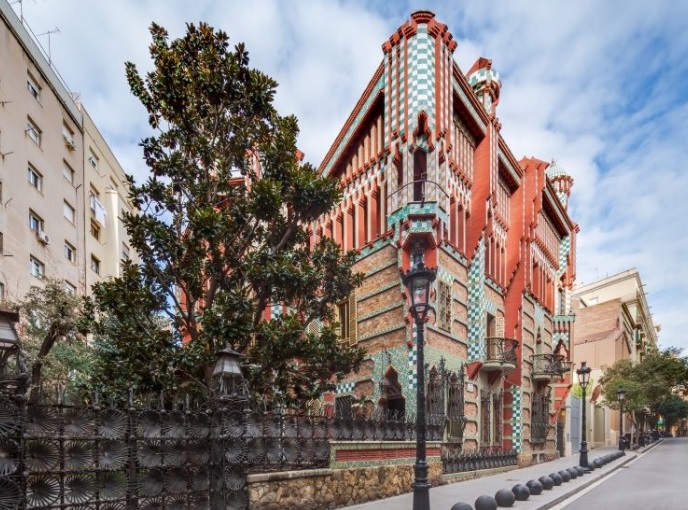
CASA MILÀ (LA PEDRERA)
At number 261-265 on Calle de Provença, overlooking the Passeig de Gràcia, La Pedrera (‘the Quarry’, in English) opens its doors. This famous historic building in Barcelona was declared a World Heritage Site by UNESCO in 1984 and is one of Gaudí’s masterpieces. The house, which was built between 1906 and 1912, was commissioned by businessman Pere Milà i Camps and his wife, Roser Segimon. Its undulating facade, its beautiful forge balconies and the impressive chimneys that top the terrace make this place a ‘must see’ during your visit to Barcelona.
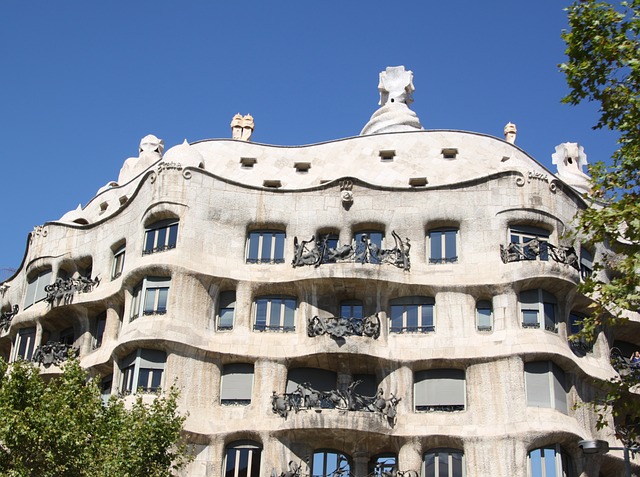
CASA TERRADAS (OR CASA DE LES PUNXES)
This is one of the most famous works by Josep Puig i Cadafalch. Located on Avenida Diagonal, 416-420, this neo-Gothic-style, modernist castle (1905) was commissioned by Bartomeu Terradas i Brutau for his three sisters: Àngela, Josefa and Rosa. Undoubtedly, its most representative elements are its six pointed towers, topped by conical-shaped needles, which give the house its nickname (Casa de les Punxes means House of Needles in Catalan). Although you won’t find the decoration of the time it was built in if you go inside, the visit offers audio-visual material about the legend of Sant Jordi. You can also visit the building’s the terrace.
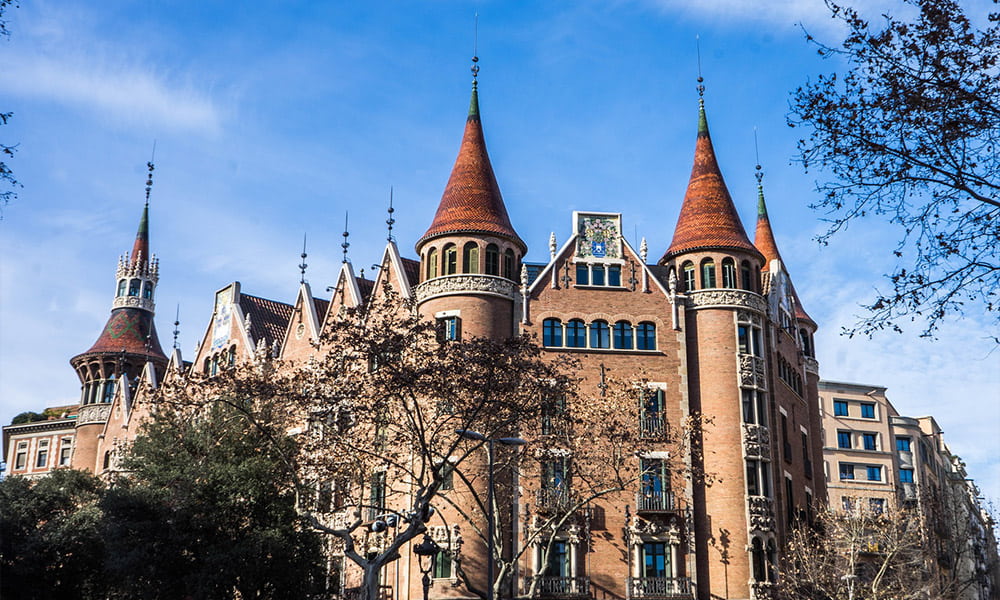
DOMUS AVINYÓ
First opened to the public in the spring of 2015, this old Roman house is located next to the old wall of Barcino, dated between the 1st and 4th centuries AD. Its most remarkable element is the rich set of paintings that its walls exhibit. In fact, this is where the most impressive mosaic in the ancient city founded in the time of Caesar Augustus has been recovered. You will find it in 15, carrer Avinyó, in the Gothic quarter.
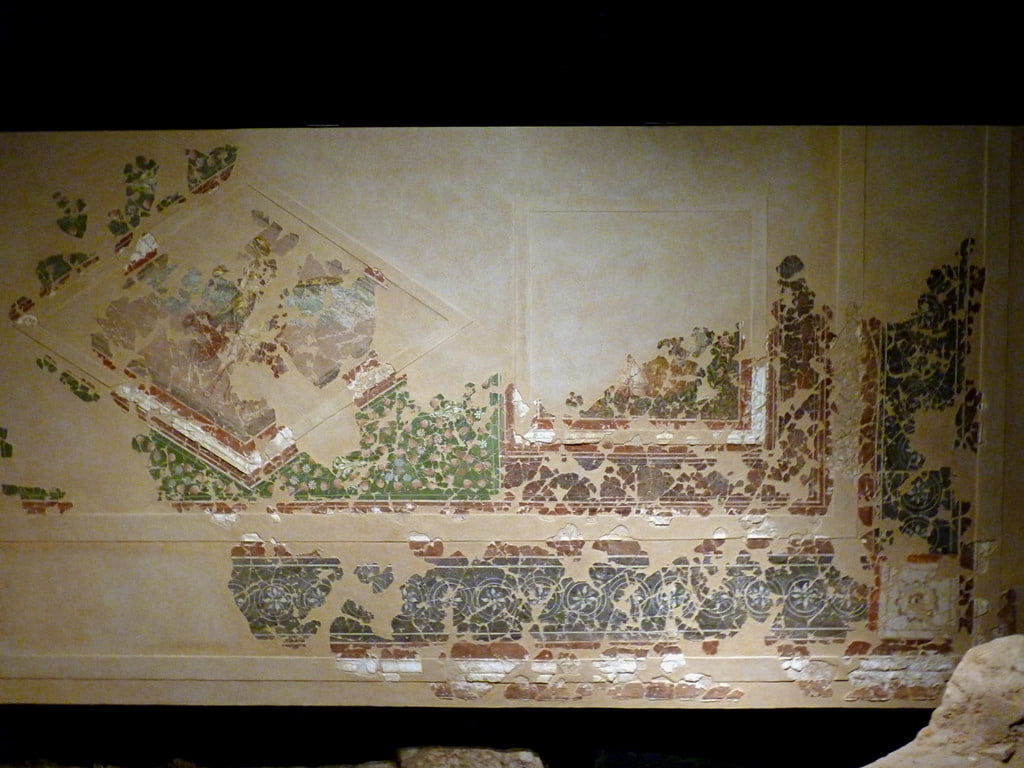
DOMUS DE SANT HONORAT
In one same archaeological site, ruins of 4th century Roman Barcino and remnants of the medieval Jewish Quarter from the 13th and 14th centuries coexist. In its interior there are still some medieval silos, destined for grain storage, as well as mosaics from Roman times. Take note of the address: Carrer de la Fruita, 2.
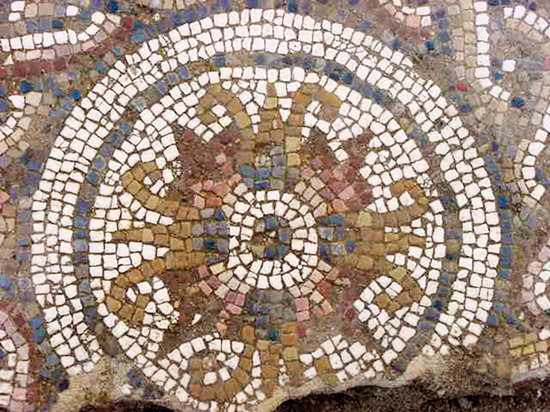
PALAU GÜELL
Located on 3-5, Nou de la Rambla, this palace built between 1886 and 1890 is one of the greatest jewels of the Raval neighborhood. Its promoter was the Barcelona businessman Eusebi Güell, who entrusted his friend Gaudí with a family home that should also be a meeting point for the Barcelona bourgeoisie. It is the first work of great importance that Güell commissioned to Gaudí and it stands out for how the architect conceived space and light. In 1984, the palace was included in the list of UNESCO World Heritage Sites.
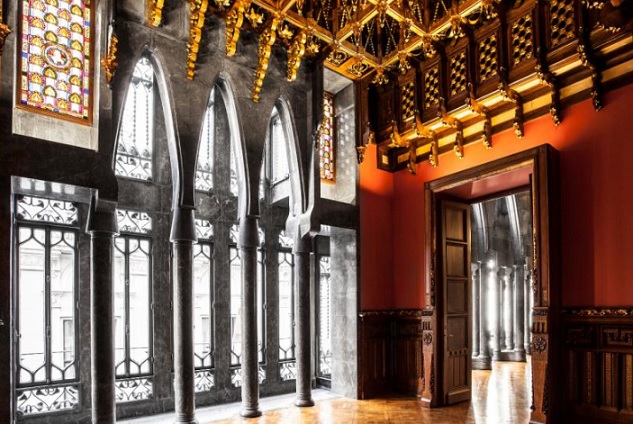
PALAU RECASENS
Declared of Cultural Interest, Palau Recasens is located next to the Sant Just church, in the Gothic quarter. Also known as the palace of the Countess of Palamós, it became the largest private palace in medieval Barcelona. Nowadays, it is the headquarters of the Royal Academy of Fine Arts and can be visited. This wonder opens its doors in number 3, Bisbe Caçador.
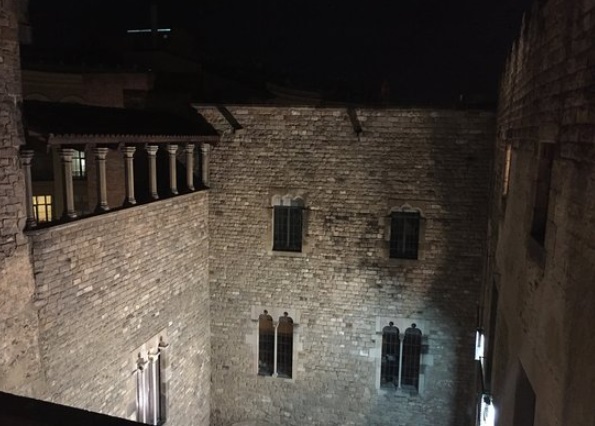
TORRE DE BELLESGUARD O CASA FIGUERAS
Despite its undeniable appeal, this tower is one of the most unknown buildings by Antoni Gaudí, who built it between 1900 and 1909 at the foot of the Tibidabo mountain (c / Bellesguard, 16-20). Declared of building of National Interest in 1969, the Bellesguard tower combines Gothic and modernist elements. It is distributed in a square building, including a ground floor, three further floors and an attic. In 1909, Gaudí abandoned the project, which was completed in 1917 by Domènec Sugrañes, author of the door’s design, the ceramic benches and the natural stone mosaics. The house stands on the site that housed the castle of King Martin I the Humane (1356-1410). Currently, it is a private property that allows guided tours since September 2013.
